Entry Category: Water
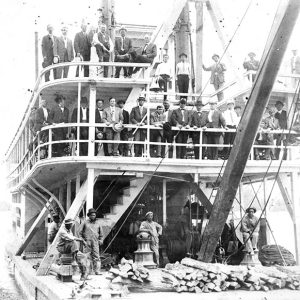 Frank R. Hill Steamboat
Frank R. Hill Steamboat
 Fulton Bridge
Fulton Bridge
G. A. Thompson [Steamboat]
 G. A. Thomson Steamboat Article
G. A. Thomson Steamboat Article
General Bem [Steamboat]
 Greers Ferry Reservoir Dedication Invitation
Greers Ferry Reservoir Dedication Invitation
Greers Ferry Dam and Lake
 Mike Beebe at Greers Ferry
Mike Beebe at Greers Ferry
 Bill Clinton at Greers Ferry
Bill Clinton at Greers Ferry
 Greers Ferry Dam 50th Anniversary Brochure
Greers Ferry Dam 50th Anniversary Brochure
Gulnare and Westwood, Collision of
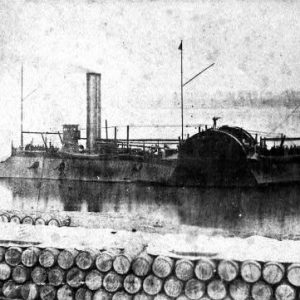 Gunboat Eastport
Gunboat Eastport
Hallie [Steamboat]
 Harrison Bridge
Harrison Bridge
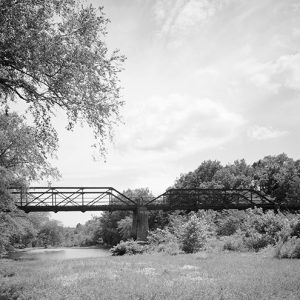 Hatfield Bridge
Hatfield Bridge
 Helena-West Helena Port
Helena-West Helena Port
 Henderson Ferry
Henderson Ferry
Hickman [Steamboat]
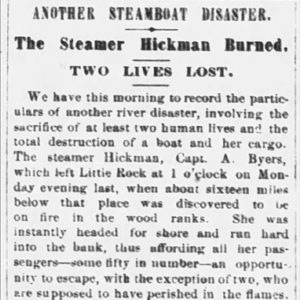 Hickman Steamboat Article
Hickman Steamboat Article
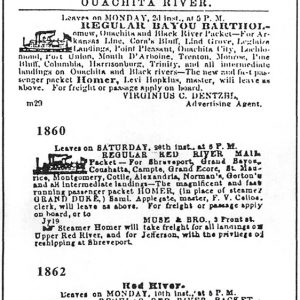 Homer Steamboat Schedule
Homer Steamboat Schedule
I Go [Steamboat]
aka: Igo
aka: New Igo
aka: New Iago
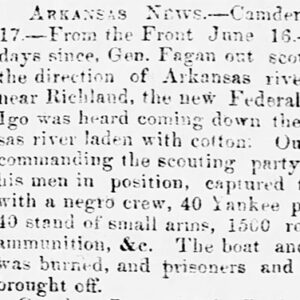 I Go Article
I Go Article
J. S. McCune [Steamboat]
aka: Brilliant (Steamboat)
aka: USS Brilliant (Tinclad Gunboat)
 J. S. McCune Ad
J. S. McCune Ad
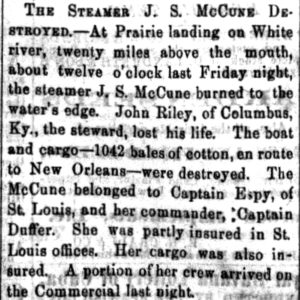 J. S. McCune Article
J. S. McCune Article
J. Wilson [Steamboat]
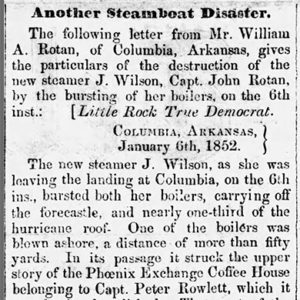 J. Wilson Steamboat Article
J. Wilson Steamboat Article
John Adams [Steamboat]
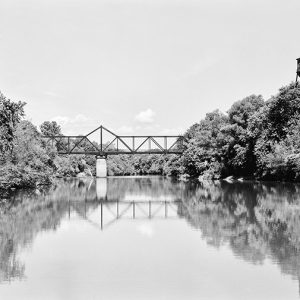 Judsonia Bridge
Judsonia Bridge
 Judsonia Company
Judsonia Company
Junction Bridge
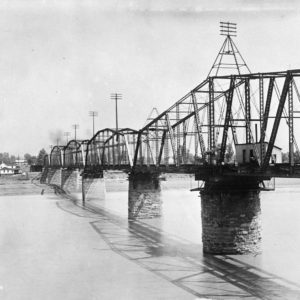 Junction Bridge
Junction Bridge
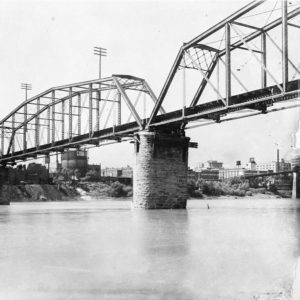 Junction Bridge
Junction Bridge
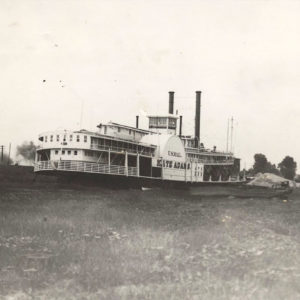 Kate Adams Steamboat
Kate Adams Steamboat
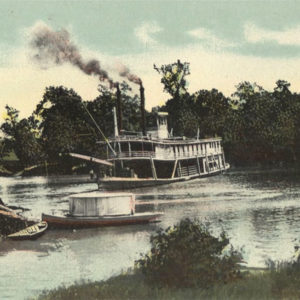 L'Anguille River Steamboat
L'Anguille River Steamboat
 Lake Maumelle
Lake Maumelle
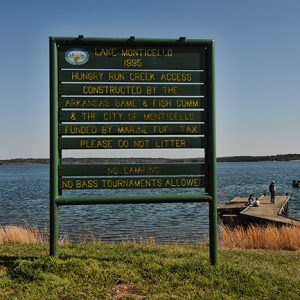 Lake Monticello
Lake Monticello
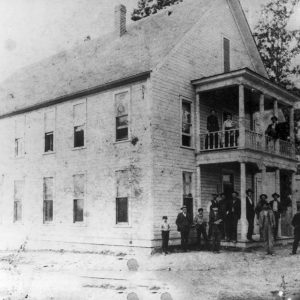 Lincoln Hotel
Lincoln Hotel
Linnie Drown [Steamboat]
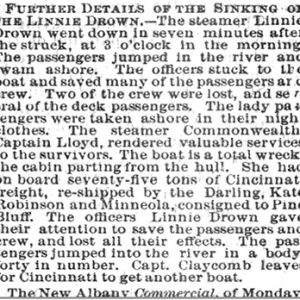 Linnie Drown Steamboat Article
Linnie Drown Steamboat Article
 Linnie Drown Steamboat Article
Linnie Drown Steamboat Article
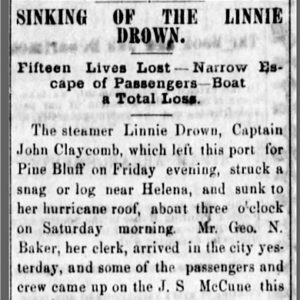 Linnie Drown Steamboat Article
Linnie Drown Steamboat Article
 Little Missouri River Bridge
Little Missouri River Bridge
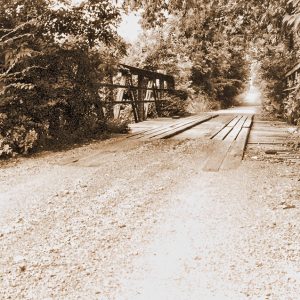 Little Missouri River Bridge
Little Missouri River Bridge
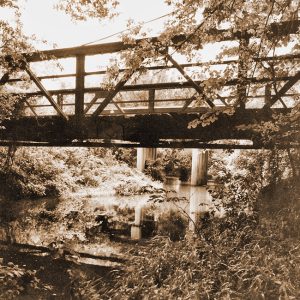 Little Missouri River Bridge
Little Missouri River Bridge
Little Rock Port Authority
aka: Port of Little Rock
 Little Rock Port
Little Rock Port
 Lock and Dam Number 1
Lock and Dam Number 1
 Little Cossatot River Bridge
Little Cossatot River Bridge




